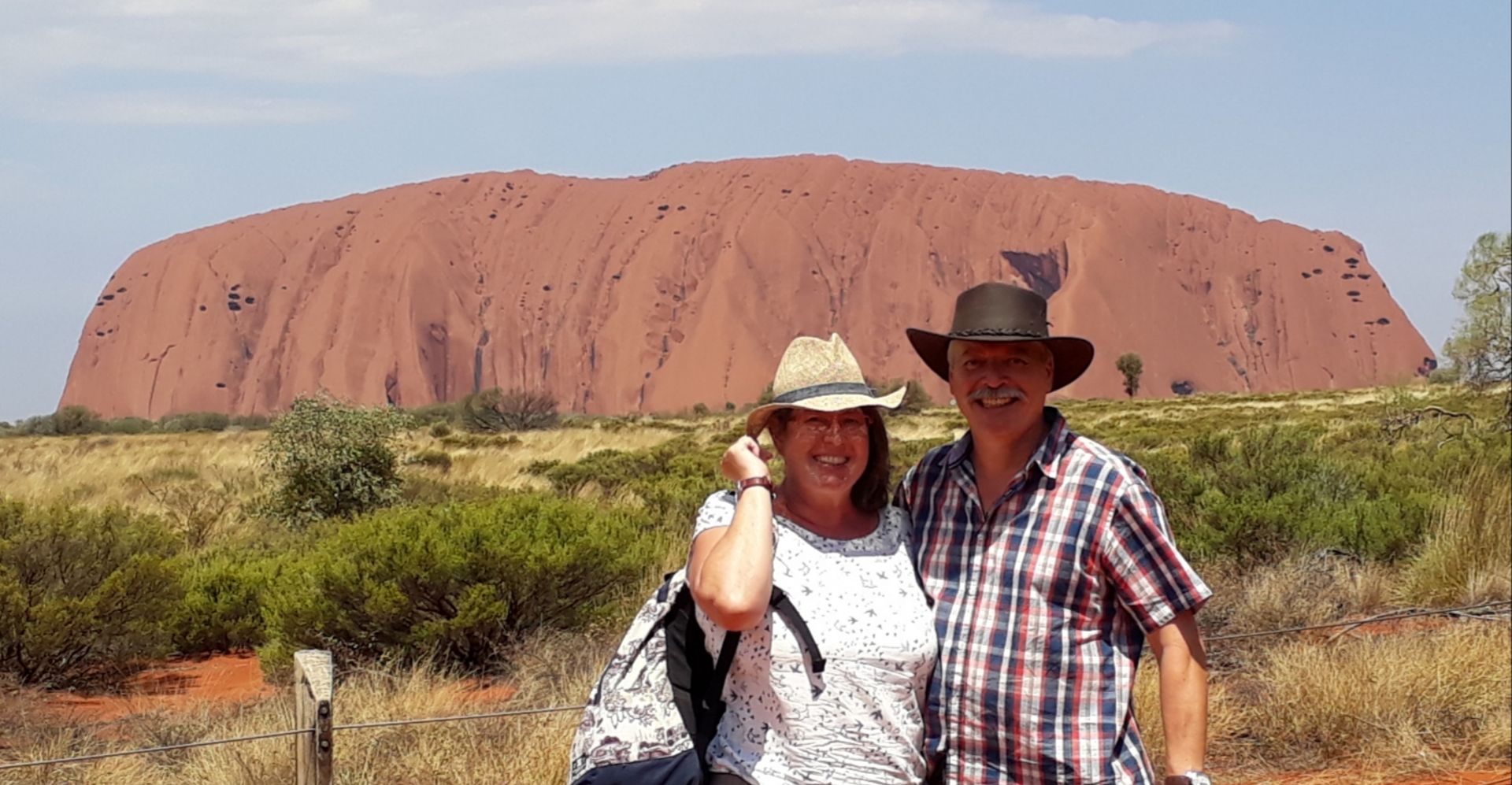Trip to Uluru - Ayers Rock 25.10.18
已发表: 27.10.2018
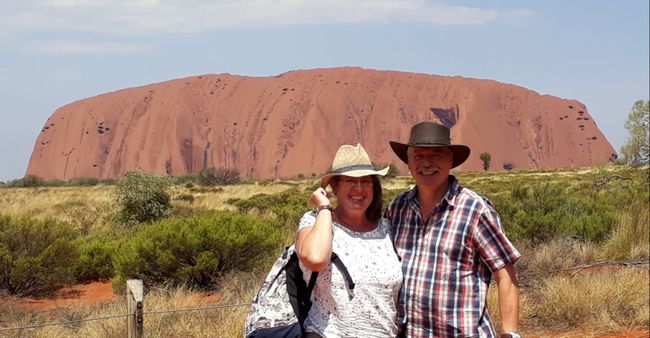
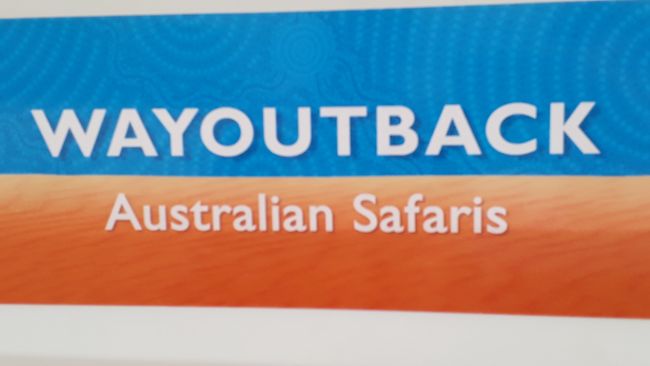
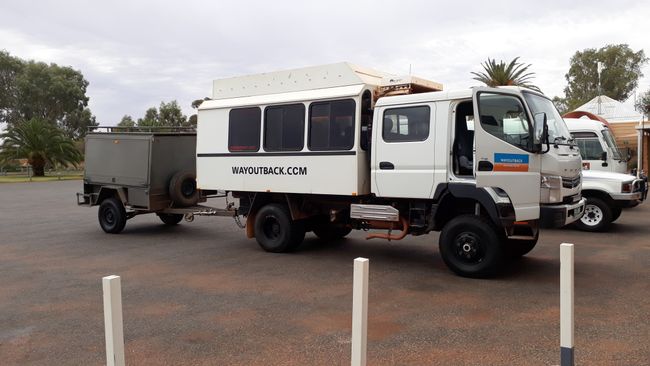
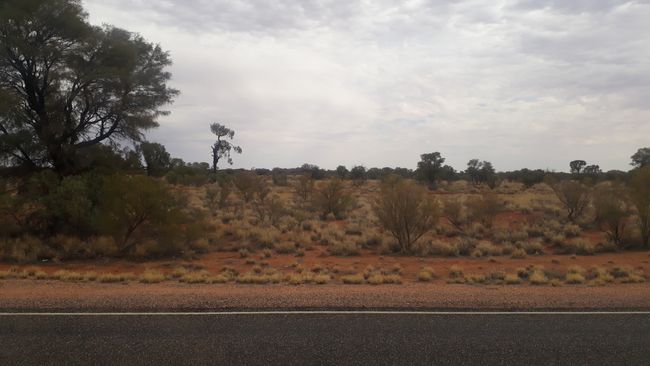
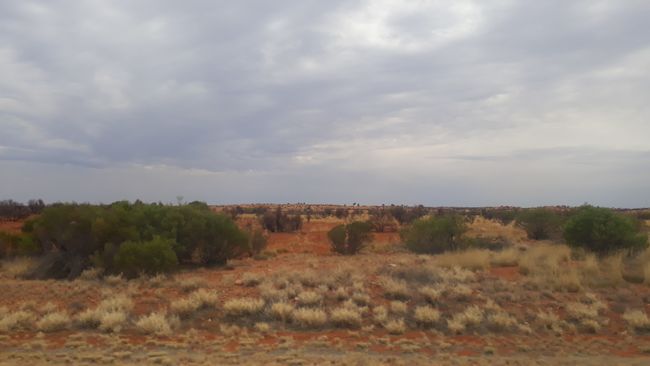
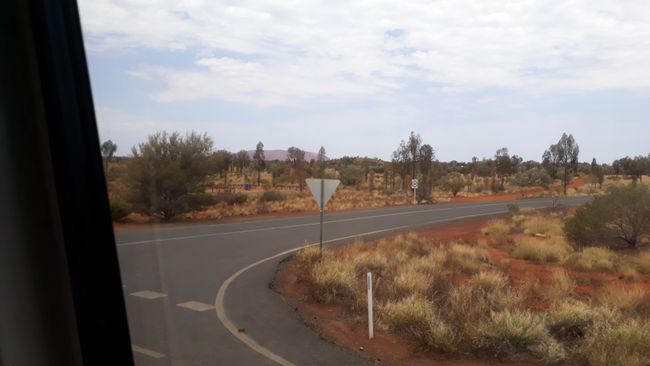
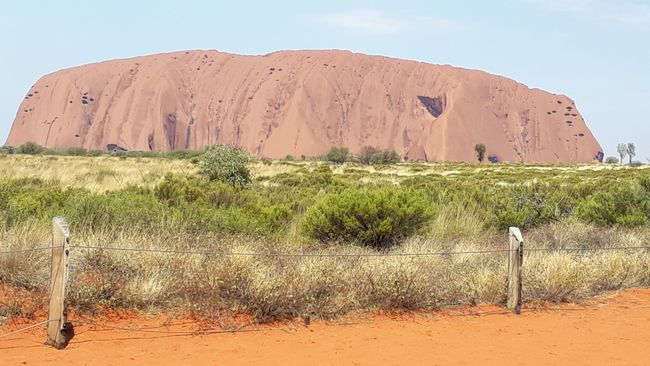
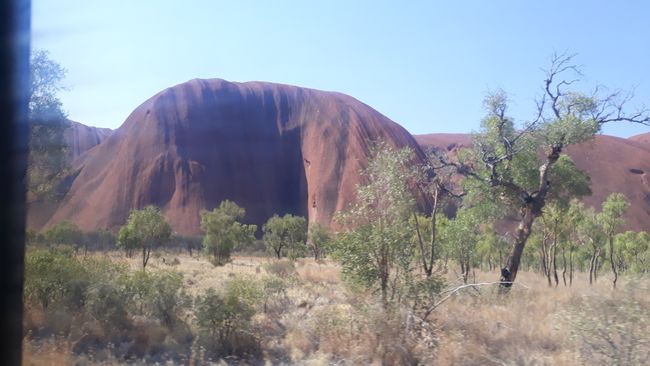
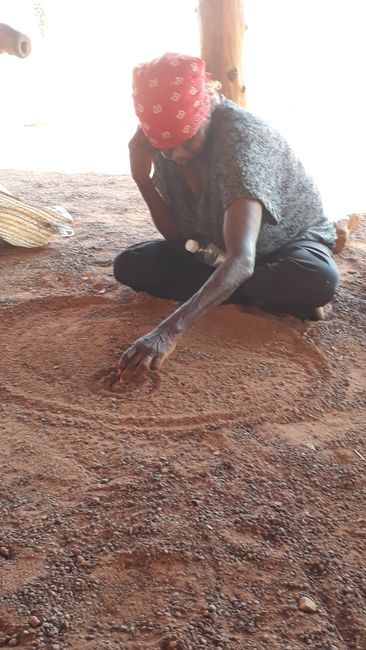
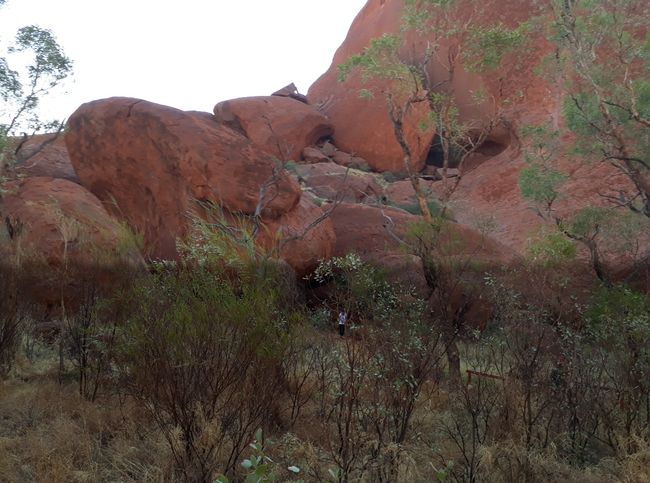
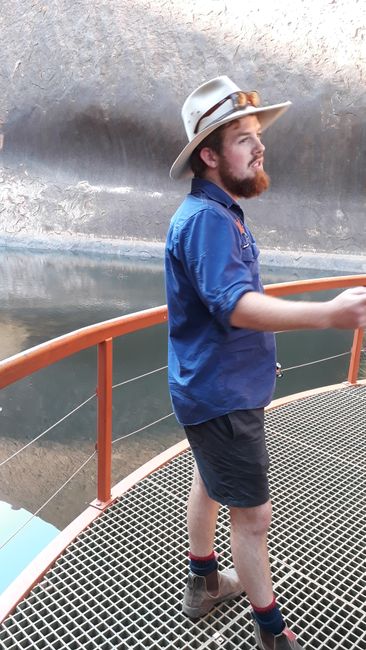
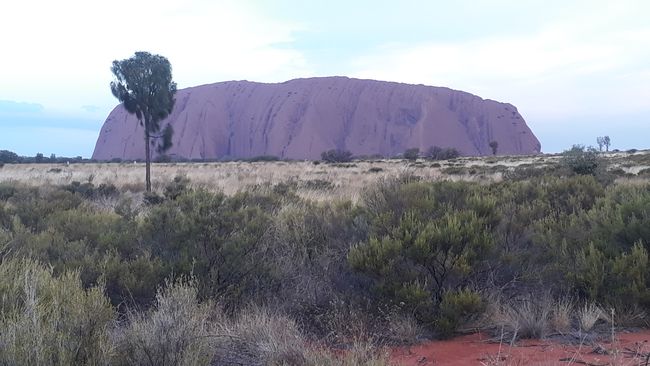
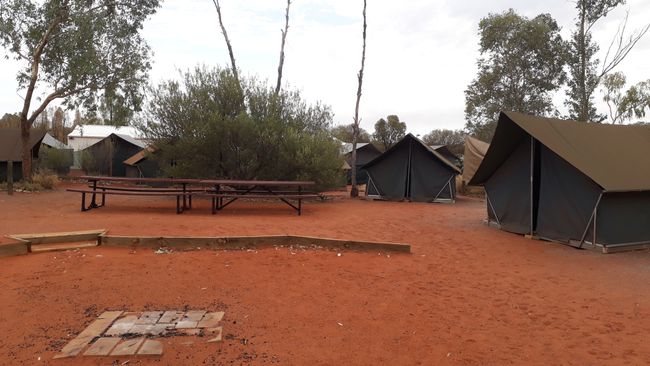
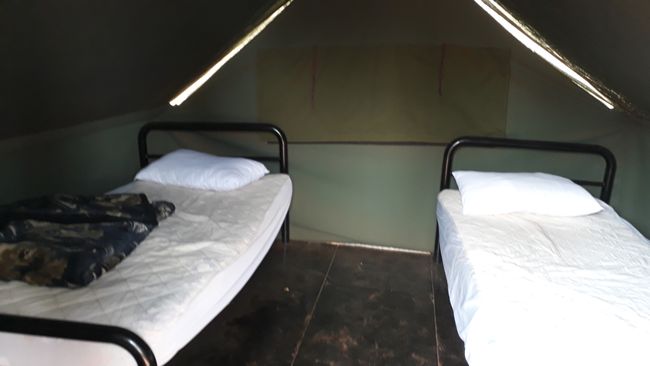
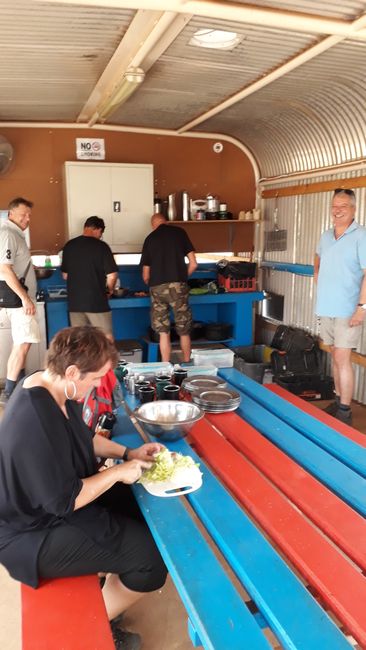
订阅时事通讯
6:00 a.m.
we will be picked up on time by the Australian Rowen in the 4WD bus for our
Outback Safari. We will drive 220 km straight ahead, then turn right and drive another 230 km straight ahead. The landscape is
almost always the same, smaller and larger bushes more or less green, mainly
all flat. The earth here is mostly a beautiful red. It is quite cramped in the
bus, we sit under the air conditioning and hardly get anything. The
day is getting hotter. When we arrive at Ayers Rock after a 5.5-hour bus ride with three mini breaks at Connellan
Airport and pick up the other six passengers, it is now 37 °C. We walk in the national park to a viewpoint from where
you can see the splendid Uluru - as it is called in the language of the indigenous people - in all its glory. 348 m high, circumference 8.8 km, length 3.4 km, largest
width 2.4 km. Since 1987, the UN has included the park in the World Heritage List
which means it enjoys worldwide protection due to its unique natural sites
and its rich diversity of fauna and flora. It gets even better when we walk a stretch right at the foot of the mountain, a highlight of our trip to Australia. It seems even hotter right at the mountain and we are asked to drink 1 liter of water every hour of walking. We have enough with us, but there are also water points with drinking water to fill up the bottles. For part of the way, an Aborigine (Anangu) accompanies us and tells us about the rock paintings and stories about the mountain. There is an Australian translator for the indigenous language with us. Unfortunately, the day does not end as expected with a magnificent sunset at Uluru, which always changes its reddish color depending on the light, as more and more clouds appeared and the day ended. We drove to our camp, which consisted of only 8 x 2-person tents and a kitchen tent. Communal washrooms are, of course, available, as well as for other camps nearby.
订阅时事通讯
回答
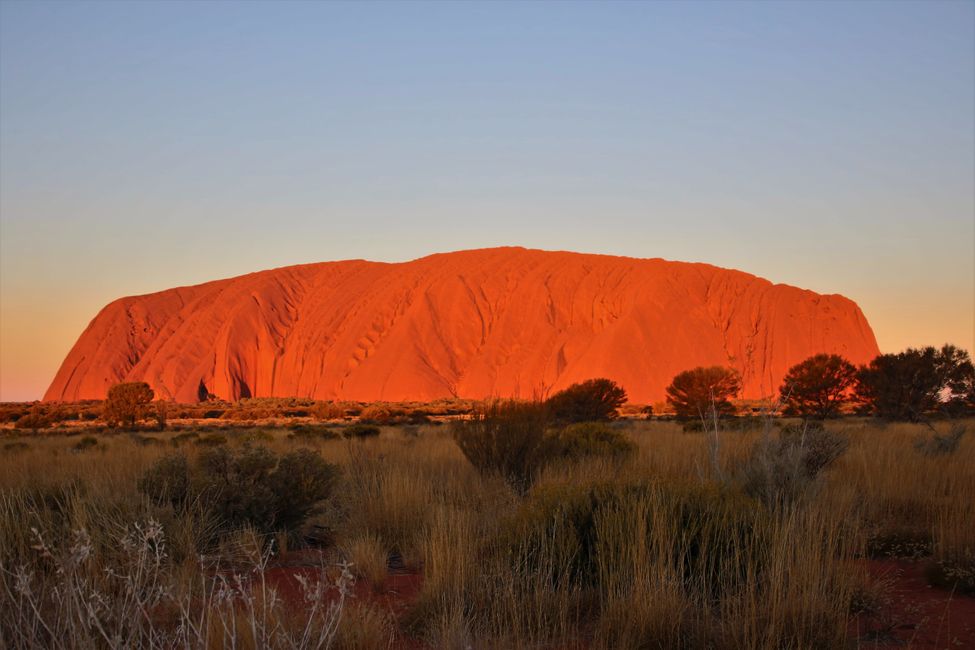
旅行报告澳大利亚
